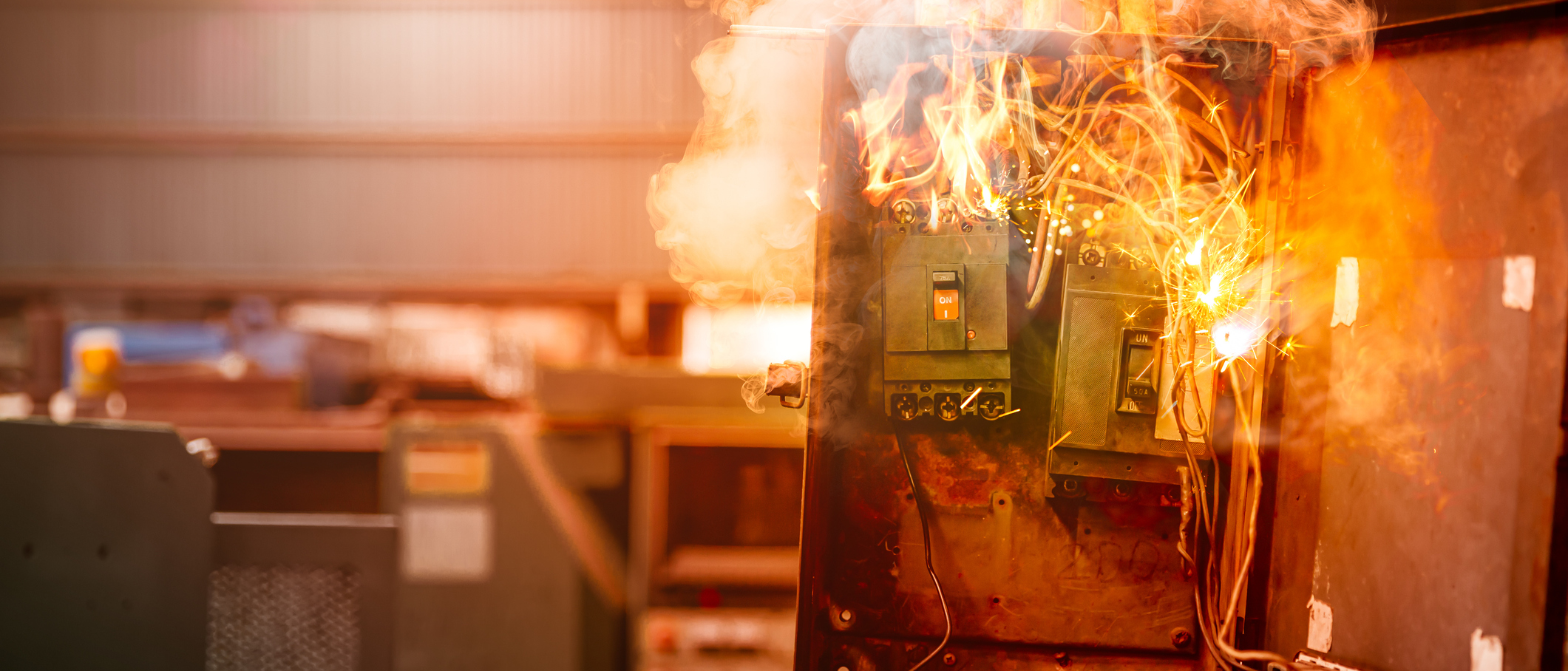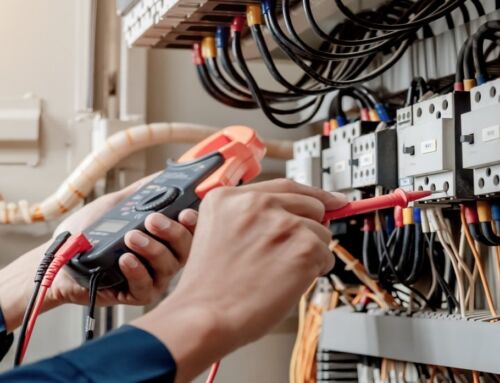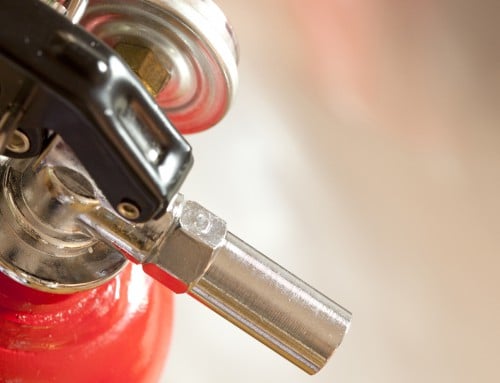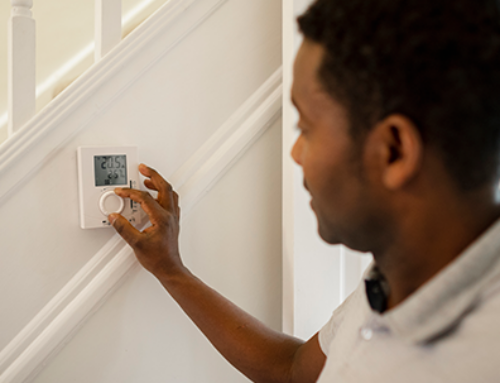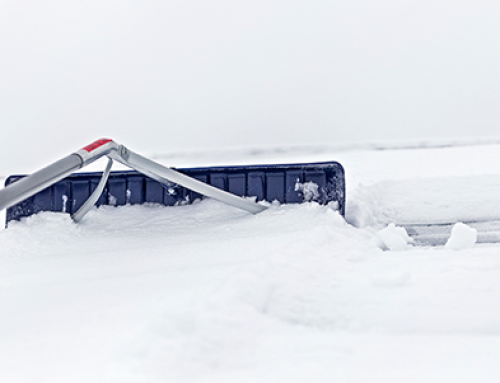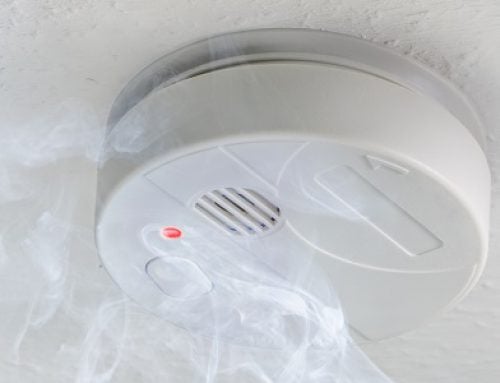Did you know that electrical fires account for 20 per cent of all fires in Canada? Electrical fires are more common than generally thought and account for a significant amount of property damage and serious injuries. Many of these fires result from poor electrical maintenance; however, incorrectly installed electrical components are also potential fire hazards.
Electrical systems are designed to meet the various needs of building occupants and have built-in safety margins. As needs change and electrical equipment and motors are added, and as electrical components age and deteriorate, the possibility for failure increases. Over time, the inspection and maintenance of electrical systems becomes increasingly important.
Preventative maintenance tips
Electrical systems deteriorate over time and require preventive maintenance. For example, wire insulation dries out, receptacles and switches become loose, and equipment accumulates dirt and oil, which can lead to overheating.
You should be checking your electrical systems regularly. When engaging in these checks, you should look out for:
- Electrical components that are damaged or subject to damage
- Electrical components that are subject to heat and moisture
- Temporary wiring used instead of permanent wiring
- Electrical components that have deteriorated due to age or conditions
- Electrical components that have been poorly installed and/or maintained
Thermal infrared imaging is becoming an increasingly popular method of identifying problem areas within an electrical system. A thermal infrared imaging camera identifies hot spots, which indicates a problem that may result in a fire if not corrected. Any abnormal condition should be investigated immediately.
Possible hazardous locations to be aware of
Special electrical components including motors, lights, or switches are required in locations where flammable gas, vapours, dust, or fibrous material are present. These components are commonly referred to as explosion proof, dust ignition proof or fiber ignition proof. A qualified electrical contractor should be consulted to determine the necessary components for the application.
General fire prevention and safety best practices
- Do not plug several power cords into one outlet.
- Never break off the third prong on a plug. Replace any broken three-prong plugs and make sure the third prong is properly grounded.
- Never use extension cords as permanent wiring. You should only be using extension cords to temporarily supply power to an area that does not have a power outlet.
- Keep all your power cords away from heat, water, and oil. These substances can damage the insulation and cause a shock.
- Do not allow vehicles to pass over unprotected power cords. Cords should be put in a conduit or protected by placing planks alongside them.
- Inspect all tools, power cords, and electrical fittings for damage or wear prior to each use. Repair or replace any damaged equipment immediately.
- Always use tape to affix cords to walls or floors, when necessary, as nails and staples can damage cords and ultimately cause a fire and/or increase shock hazards.
- Use cords or equipment that is rated for the level of amperage or wattage that you are using.
- Always use the correct fuse size. Replacing a fuse with one of a larger size can cause excessive currents in the wiring and possibly start a fire.
- Be aware that unusually warm or hot outlets may be a sign that unsafe wiring conditions exist. Unplug any cords to these outlets and do not use them until a qualified electrician has checked the wiring.
- Always use ladders made of wood or other non-conductive materials when working with or near electricity or power lines.
- Place halogen lights away from any combustible materials such as cloths or curtains. Halogen lights can become very hot and may be a fire hazard.
- The risk of an electric shock is greater in areas that are wet or damp. Install Ground Fault Circuit Interrupters (GFCIs) to help interrupt the electrical circuit if a current strong enough to cause death or serious injury is detected.
- Make sure that any exposed receptacle boxes are made of non-conductive materials.
- Ensure that you know where all the breakers and boxes are located in your building in case of an emergency.
- Label all circuit breakers and fuse boxes clearly. Each switch should be positively identified as to which outlet or appliance it is for.
Ensure your property is protected with business insurance
By implementing some of these key tips, you can rest easy knowing you’ve done what you can to protect your business. However, no matter how much you prepare, an electrical fire can still happen. To learn more about how a tailored insurance policy can help protect you, your employees, and your building, visit our commercial property insurance page today.
This blog is provided for information only and is not a substitute for professional advice. We make no representations or warranties regarding the accuracy or completeness of the information and will not be responsible for any loss arising out of reliance on the information.
